Plain cement concrete is a non-steel mixture of cement, fine aggregate (sand), and coarse aggregate.
In order to prevent the reinforcing of concrete from coming into direct touch with soil and water, PCC is a crucial building component placed on the earth’s surface.
In this article you’ll learn:
So, if you’re ready to go with plain cement concrete, this article is for you.
Let’s dive right in.
What is Plain Cement Concrete?
Plain cement concrete called as simply “cement concrete (PCC)” or “binding concrete”.
The ratio for PCC concrete is 1:5:10, which represents 1 part cement, 5 parts sand, and 10 parts aggregate.
To make a level bed for the foundation, PCC is used.
Proportioning Plain Cement Concrete:
- Based on the specification or necessity, the proportioning is carried out.
- It is often a 1:2:4 or 1:3:6 blend.
- Either volume batching or weight batching can be used to measure the material.
- When mixing materials by volume, coarse aggregate and sand should be measured using a measuring box that is 30 cm x 30 cm x 38 cm in size, which is equivalent to 1/30 m3 (or 0.035 m3) of cement.
- Sand should be quantified using its dry volume.
- No sacking, ramming, or hammering is allowed when measuring the aggregate.

Components of Plain Cement Concrete:
The following are the general specifications for materials used in PCC:
1. Coarse aggregate:
The coarse aggregate for the PCC must be made of hard, shattered stone that is similar to granite and free of dust, grime, and other extraneous materials.
The stone ballast must be no larger than 20 mm.
All coarse material must be kept in a 5 mm square mesh that is carefully graded to keep the void percentage under 42%.
2. Fine Aggregate:
The fine aggregate must go through a screen with a mesh size of 5 mm composed of coarse sand with hard, sharp, and angular grains.
Sand must meet regulatory requirements and be clean, devoid of organic matter, dirt, and dust.
Sea sand is not permitted to be utilized.
3. Cement:
For plain cement concrete, pozzolana cement (P.P.C.) is typically utilized.
It should meet the requirements and have the necessary tensile, compressive, and fineness stresses.
4. Water:
The water that is utilized must be clear and reasonably devoid of harmful substances including oils, acids, alkalis, salts, and vegetative growth.
In general, drinking water must have a pH level of at least 6.
Solids are subject to the maximum allowable limits specified in IS 456:2000 Clause 5.4, Page No. 15.
Mixing of Plain Cement Concrete:
PCC mixing can be done manually or with the aid of machines:
Hand Mixing:
PCC is permitted to be hand-mixed only for small-scale projects.
It is necessary to use a steel platform or a clean, watertight slab as the base for mixing the concrete.
After completely combining sand and cement, coarse aggregate is added.
Finally, water is added and well blended into the mixture to achieve an equal colour and consistency.
Machine Mixing:
Cement, dry coarse aggregate, and fine aggregate must be weighed out and poured into the appropriate hoppers.
The dry ingredients must be blended for at least four spins in the mixing drum before the necessary amount of water is added gradually while the drum is still in motion.
Before 25% of the mixing time has passed, the complete amount of water must be added, and it must be controlled to reach the desired water-to-cement ratio.
To produce a plastic mix with consistent colour, the mixing must be complete.
Note: To achieve the desired consistency, 50 kg of cement must be mixed with the following amount of water:
- Not more than 34 lit – 1:3:6 mix.
- Not more than 30 lit – 1:2:4 mix.
- Not more than 27 lit – 1:1 ½:3 mix.
- Not more than 25 lit – 1:1:2 mix.
Laying of Plain Concrete Cement:
Dense concrete is generated by extensively vibrating the PCC using mechanical vibrators as it is placed out in layers no thicker than 150mm.
Concrete must be hand-compressed whenever essential with the aid of wooden tamping rods to ensure that it is fully compacted and packed into the formwork’s corners.
The dry mixture must be completely compacted within 30 minutes of the addition of water before the initial setting.
Curing of Plain Cement Concrete:
Freshly constructed concrete must be covered appropriately to protect it from the elements.
When the concrete has started to firm in one to two hours after it has been laid, it must be covered with wet gunny bags, sand, or other materials to prevent it from drying out too quickly.
After the concrete has been laid for 24 hours, the surface must be cured by being submerged in water that is approximately 25mm deep or by being covered with weight-absorbent materials.
A cure must last at least fourteen days.
PCC Work Dos and Don’ts:
Dos:
- PCC shuttering needs to be the exact thickness and size.
- A determined amount of water should be added to a bucket of cement in accordance with the w/c (water/cement) ratio.
- Pour concrete when there is more depth using a chute or extra workers.
- To prevent soil or other materials from collapsing in the pit during concreting, remove any loose material from the pit’s sidewalls.
- If the water table is high, de-watering should be done at the same time as concrete.
Don’ts:
- Avoid combining the components on bare ground.
- The PCC must not be used without formwork.
- Concrete must be levelled and compacted before being poured.
- The maximum height from concrete should be poured into the pit is 1.5 meters.
- For a smooth finish, don’t allow more cement mortar to be applied to PCC.
Advantages of Plain Cement Concrete:
- As cover blocks sit on a solid PCC, necessary cover-to-bottom reinforcement is guaranteed.
- The ability to quickly, consistently, and stably fix the formworks allows for the achievement of the effective depth of RCC members that improves the foundation RCC member’s dimension accuracy.
- The ground dirt, which may be extremely reactive and may soon cause steel corrosion is never in touch with reinforcement steel bars on PCC.
- It is easier installation of steel cages and higher output.
- Concrete does not adhere to the ground soil (clay); however, PCC serves as a soil barrier and adheres well to structural grade concrete that has been overlaid.
Disadvantages of Plain Cement Concrete:
- In comparison to other binding materials, concrete has a low tensile strength.
- Concrete with PCC is less ductile.
- When compared to its strength, the weight of the comparison is heavy.
- Concrete made with PCC may include soluble salts, as salts in solution lead to efflorescence.
Also read: Polymer Modified Concrete | Rice Husk Ash Concrete | Reactive Powder Concrete
Conclusion:
By serving as a foundational layer of protection for the building above it, PCC performs a significant function.
Company guarantees the greatest results by adhering to the best industry standards.

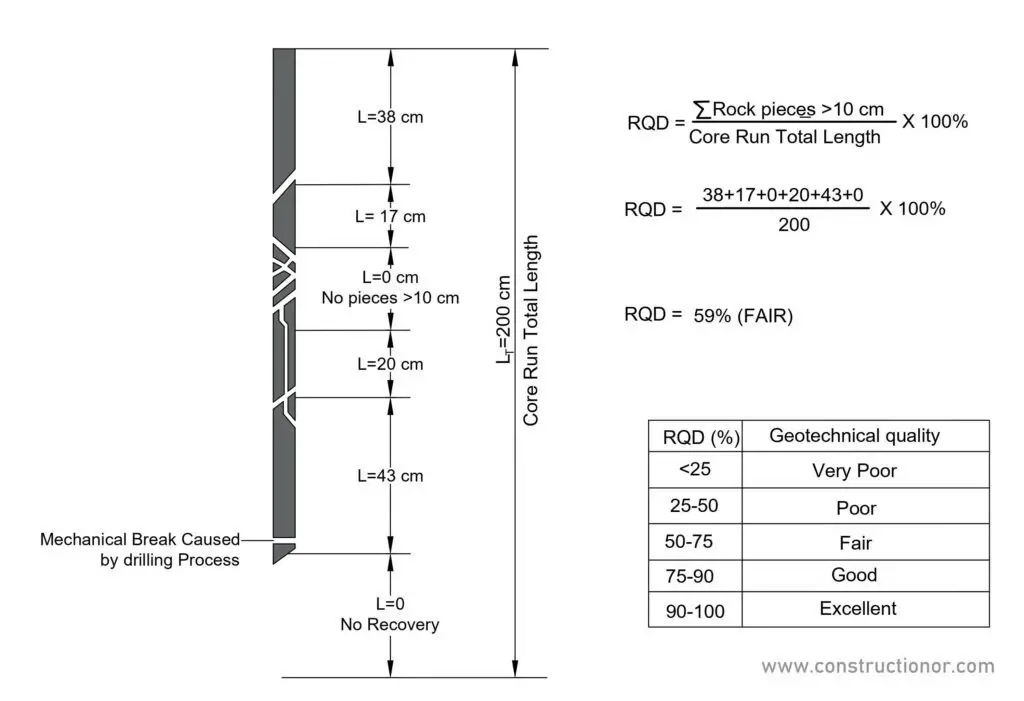


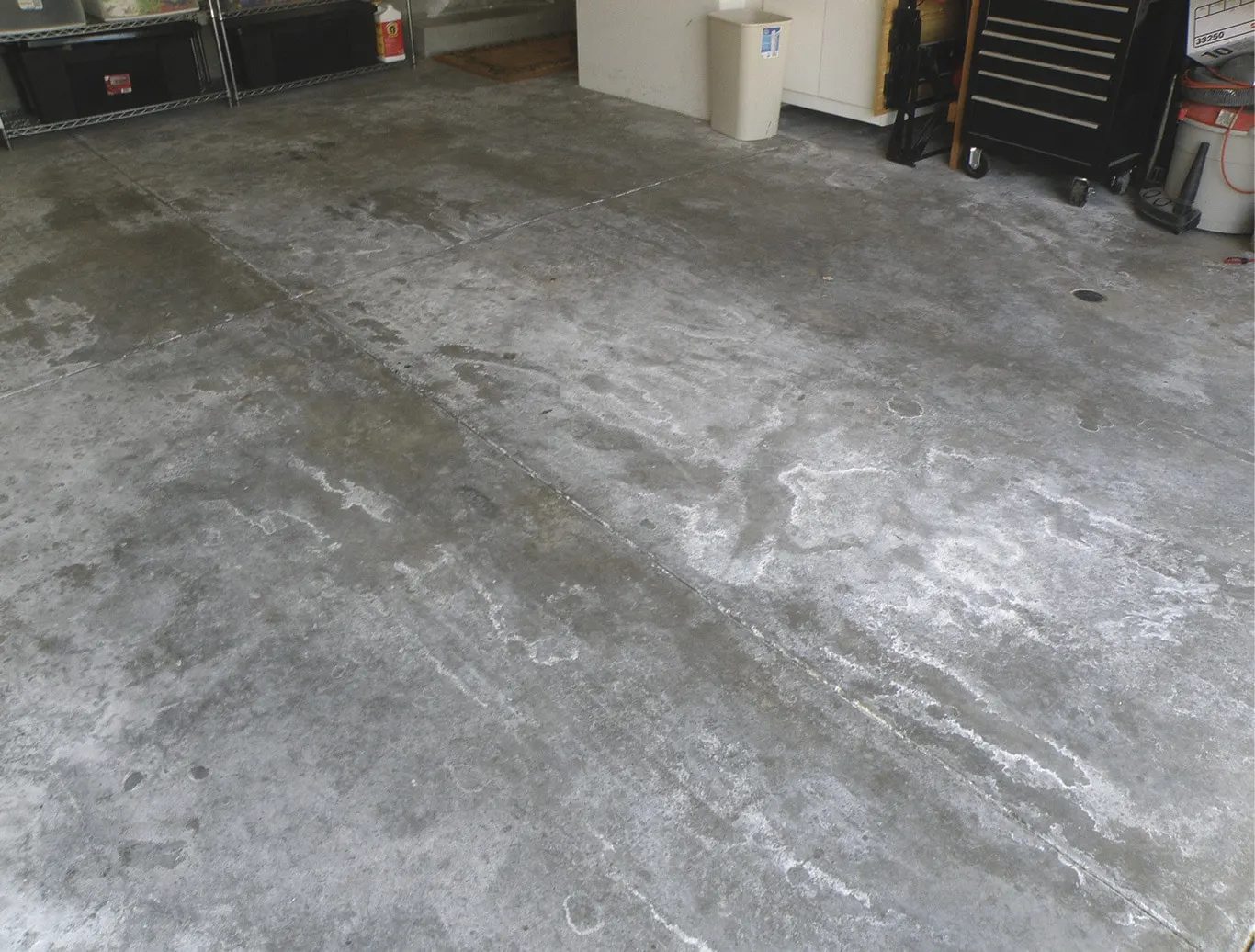
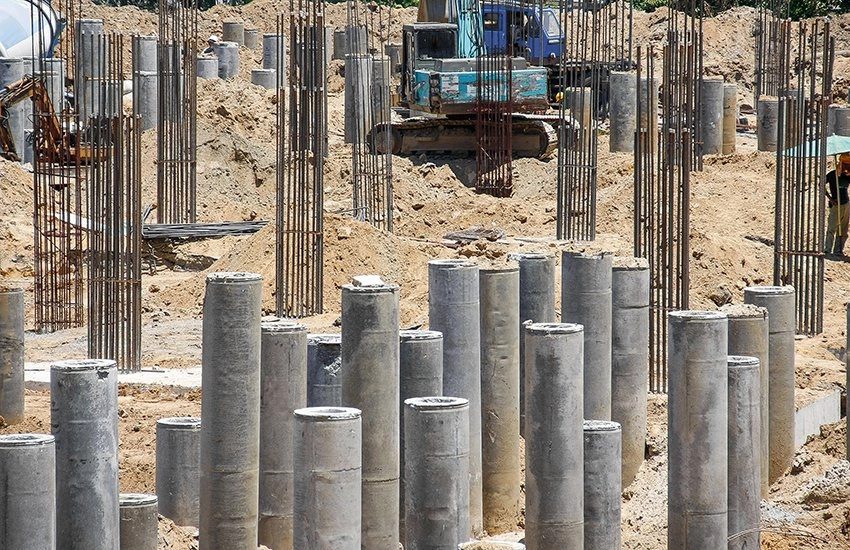

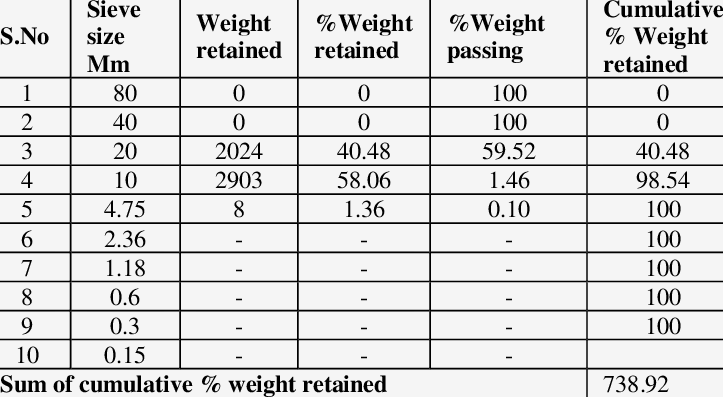

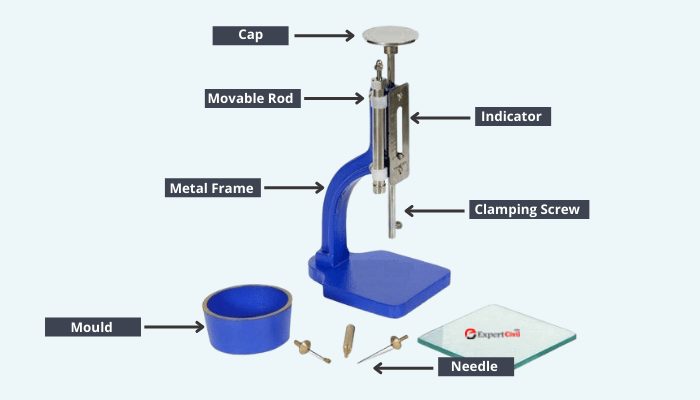
Thanks for the blog loaded with so much information. It’s really informative.